Tabea E. Röber
Fixing confirmation bias in feature attribution methods via semantic match
Jul 03, 2023
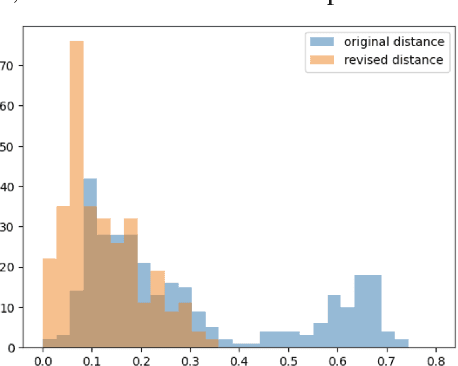
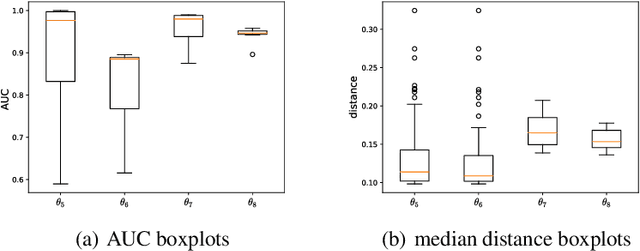
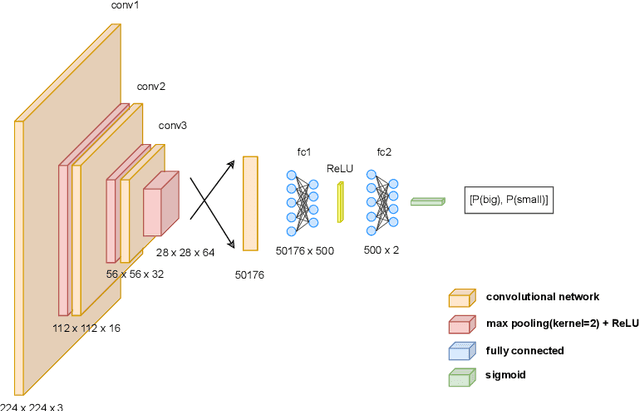
Abstract:Feature attribution methods have become a staple method to disentangle the complex behavior of black box models. Despite their success, some scholars have argued that such methods suffer from a serious flaw: they do not allow a reliable interpretation in terms of human concepts. Simply put, visualizing an array of feature contributions is not enough for humans to conclude something about a model's internal representations, and confirmation bias can trick users into false beliefs about model behavior. We argue that a structured approach is required to test whether our hypotheses on the model are confirmed by the feature attributions. This is what we call the "semantic match" between human concepts and (sub-symbolic) explanations. Building on the conceptual framework put forward in Cin\`a et al. [2023], we propose a structured approach to evaluate semantic match in practice. We showcase the procedure in a suite of experiments spanning tabular and image data, and show how the assessment of semantic match can give insight into both desirable (e.g., focusing on an object relevant for prediction) and undesirable model behaviors (e.g., focusing on a spurious correlation). We couple our experimental results with an analysis on the metrics to measure semantic match, and argue that this approach constitutes the first step towards resolving the issue of confirmation bias in XAI.
Finding Regions of Counterfactual Explanations via Robust Optimization
Jan 26, 2023



Abstract:Counterfactual explanations play an important role in detecting bias and improving the explainability of data-driven classification models. A counterfactual explanation (CE) is a minimal perturbed data point for which the decision of the model changes. Most of the existing methods can only provide one CE, which may not be achievable for the user. In this work we derive an iterative method to calculate robust CEs, i.e. CEs that remain valid even after the features are slightly perturbed. To this end, our method provides a whole region of CEs allowing the user to choose a suitable recourse to obtain a desired outcome. We use algorithmic ideas from robust optimization and prove convergence results for the most common machine learning methods including logistic regression, decision trees, random forests, and neural networks. Our experiments show that our method can efficiently generate globally optimal robust CEs for a variety of common data sets and classification models.
Semantic match: Debugging feature attribution methods in XAI for healthcare
Jan 06, 2023



Abstract:The recent spike in certified Artificial Intelligence (AI) tools for healthcare has renewed the debate around adoption of this technology. One thread of such debate concerns Explainable AI (XAI) and its promise to render AI devices more transparent and trustworthy. A few voices active in the medical AI space have expressed concerns on the reliability of Explainable AI techniques and especially feature attribution methods, questioning their use and inclusion in guidelines and standards. Despite valid concerns, we argue that existing criticism on the viability of post-hoc local explainability methods throws away the baby with the bathwater by generalizing a problem that is specific to image data. We begin by characterizing the problem as a lack of semantic match between explanations and human understanding. To understand when feature importance can be used reliably, we introduce a distinction between feature importance of low- and high-level features. We argue that for data types where low-level features come endowed with a clear semantics, such as tabular data like Electronic Health Records (EHRs), semantic match can be obtained, and thus feature attribution methods can still be employed in a meaningful and useful way.
Counterfactual Explanations Using Optimization With Constraint Learning
Sep 22, 2022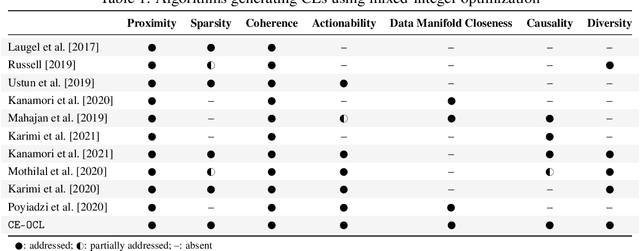

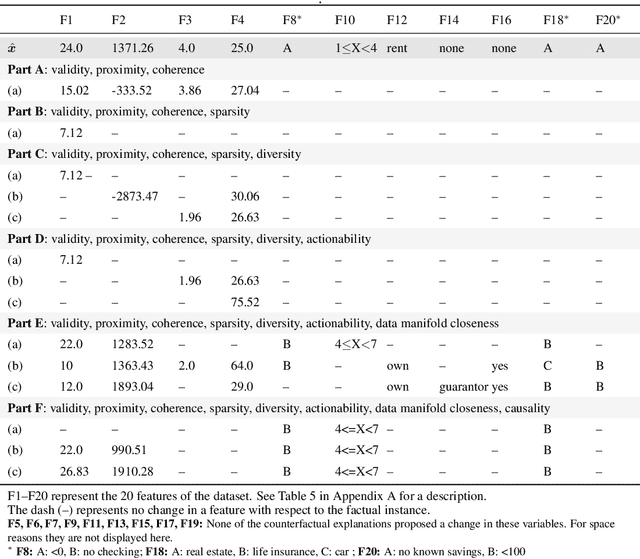
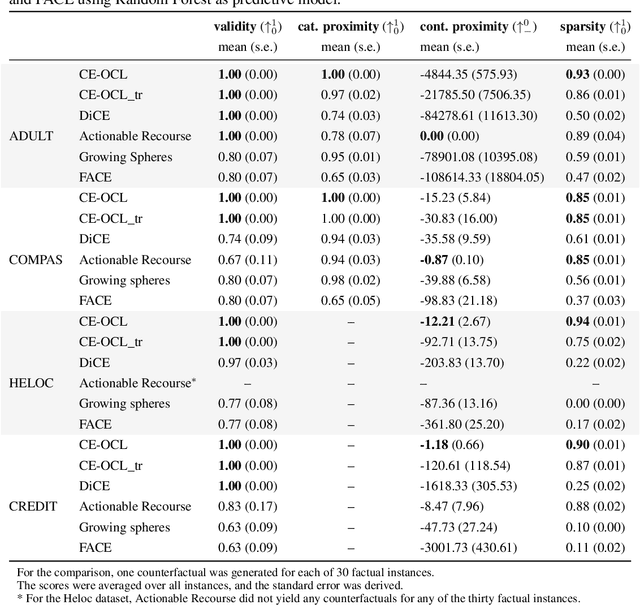
Abstract:Counterfactual explanations embody one of the many interpretability techniques that receive increasing attention from the machine learning community. Their potential to make model predictions more sensible to the user is considered to be invaluable. To increase their adoption in practice, several criteria that counterfactual explanations should adhere to have been put forward in the literature. We propose counterfactual explanations using optimization with constraint learning (CE-OCL), a generic and flexible approach that addresses all these criteria and allows room for further extensions. Specifically, we discuss how we can leverage an optimization with constraint learning framework for the generation of counterfactual explanations, and how components of this framework readily map to the criteria. We also propose two novel modeling approaches to address data manifold closeness and diversity, which are two key criteria for practical counterfactual explanations. We test CE-OCL on several datasets and present our results in a case study. Compared against the current state-of-the-art methods, CE-OCL allows for more flexibility and has an overall superior performance in terms of several evaluation metrics proposed in related work.
 Add to Chrome
Add to Chrome Add to Firefox
Add to Firefox Add to Edge
Add to Edge